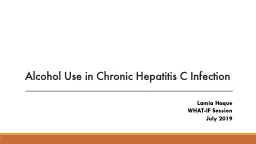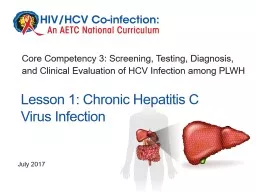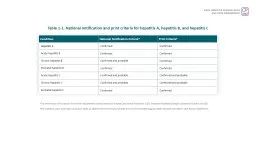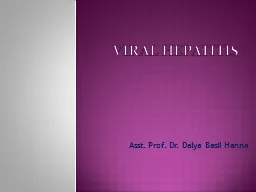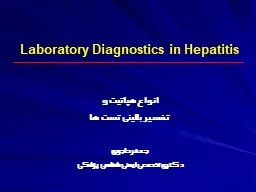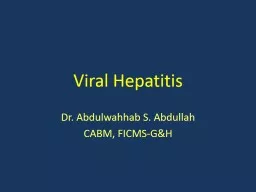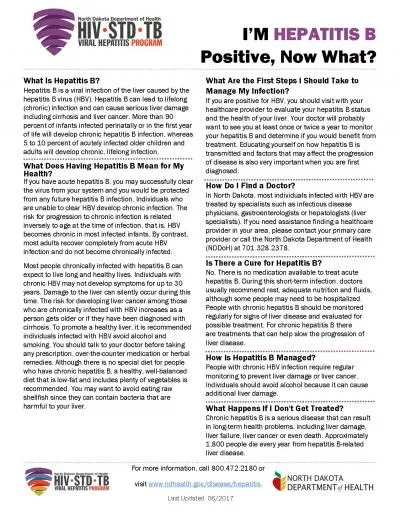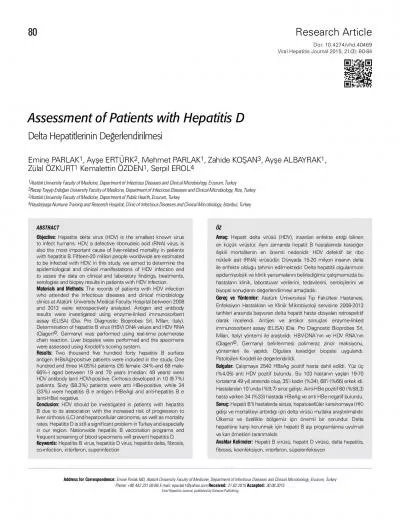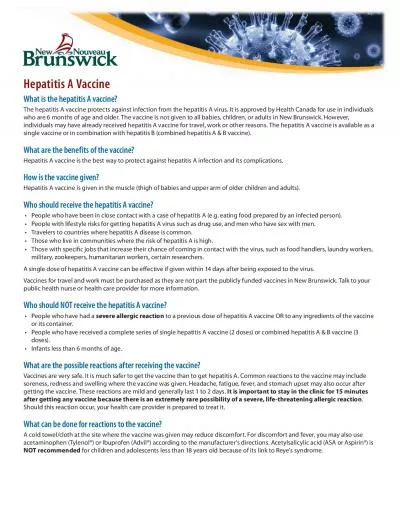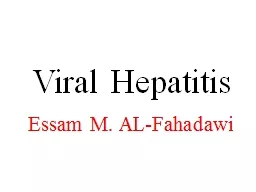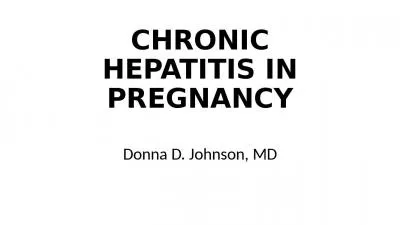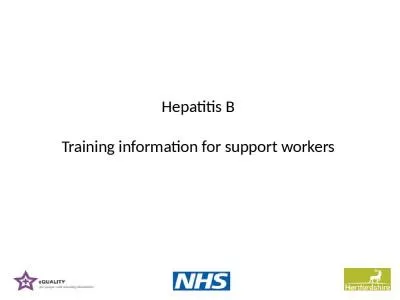PPT-Alcohol Use in Chronic Hepatitis C Infection
Author : cecilia | Published Date : 2022-06-15
Lamia Haque WHATIF Session July 2019 Background Alcohol and hepatitis C infection HCV have synergistic effects Risk of cirrhosis and HCC greater in patients with
Presentation Embed Code
Download Presentation
Download Presentation The PPT/PDF document "Alcohol Use in Chronic Hepatitis C Infec..." is the property of its rightful owner. Permission is granted to download and print the materials on this website for personal, non-commercial use only, and to display it on your personal computer provided you do not modify the materials and that you retain all copyright notices contained in the materials. By downloading content from our website, you accept the terms of this agreement.
Alcohol Use in Chronic Hepatitis C Infection: Transcript
Download Rules Of Document
"Alcohol Use in Chronic Hepatitis C Infection"The content belongs to its owner. You may download and print it for personal use, without modification, and keep all copyright notices. By downloading, you agree to these terms.
Related Documents

